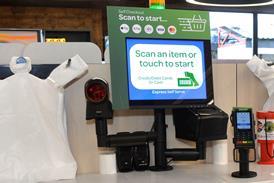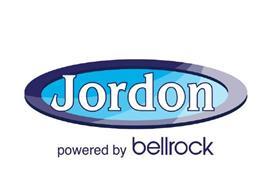The teacher’s comment on the end of year report would probably say “forecourts must try harder”, if HIM’s latest Convenience Tracking Programme survey is anything to go by.
The survey of 26,636 consumers including 5,251 forecourt customers – which quizzed shoppers on everything from what’s important to them when shopping in forecourts and c-stores to reasons for not purchasing the product they intended to – reveals that half of shoppers are fuel-only customers, compared to 29% for fuel and shop, and 21% shop only. “This shows that there’s still a large untapped opportunity for forecourts and HIM plans to investigate these issues in a fuel-only shopper study this Autumn,” says Tom Fender, chief operations officer at HIM.
Speed of service came top with 39% of forecourt shoppers siting this as the most important factor to them, followed by staff friendliness 37%; product availability 24%; cleanliness/tidiness 23%; and value for money 22%. But when it comes to shoppers’ ratings, forecourts fare worse than c-stores. “Product availability is an issue, and the range of products might be too small or shoppers aren’t aware of them,” says Fender.
One problem forecourts face is lack of awareness that certain products are stocked. The survey reveals that 46% didn’t know the store sold household products, which, as Fender points out, are key distress items. And 24% didn’t realise off licensed forecourts sold alcohol; 23% were unaware of chilled dairy; and 21% didn’t know ready-made sandwiches were offered.
When shoppers were quizzed on the best thing about the shop other than location, forecourts, again, were scored lower – 24% of c-store shoppers said staff friendliness was top, but forecourts scored only 17%. Speed of service was the only area forecourts achieved higher – 11% versus 6%. And when asked about the worst thing about the store, value for money came top at 15% in forecourts, compared to 11% in c-stores. “High prices is the old favourite, but 85% still did not mention price,” points out Fender.
When assessing visit frequency and trip spend, forecourts fare badly again. Only 14% visit everyday, compared to 30% in c-stores; and on average, shoppers visit forecourts 2.2 times a week, compared to 3.6 times in c-stores. “Forecourts have a much lower frequency and consistency due to lower participation in footfall driving lines, but they still get more than two visits a week,” says Fender.
When it comes to trip spend, forecourt shoppers’ average actual shop spend is lower than the intended spend – £3.62 versus £3.75. But in c-stores the situation is reversed, and customers end up spending £5.26 rather than the intended £5.01.
The research into intended versus actual purchases (see bar chart right) highlights key impulse sectors for forecourts, as well as areas where they are performing below par. Confectionery is the greatest impulse category with 29% of shoppers buying something from the fixture, despite only 23% intending to. But soft drinks, crisps & snacks, sandwiches, chilled foods and magazines all show slippage, meaning that retailers are missing a trick in these categories.
Penetration of foodservice, which comprises sandwiches, bakery and hot food, is also low, with 11% intending to buy a product in these categories but only 6% actually doing so. National Lottery sales fared better, with 13% buying games but only 9% actually intending to. And the discrepancy is even higher on Wednesdays, Fridays and Saturdays, when 16% intend to purchase, but 25% end up buying.
The reasons for buying (see pie chart right) prove that distress is key, with 32% saying the reason for their purchase was because they’d run out. Of the top reasons, the most important category was tobacco, with 36% of the ‘I have run out’ shoppers buying cigarettes. Newspapers and milk are also important to the distress shopper with 18% and 15% shopping these categories in ‘emergencies’, while newspapers and National Lottery were the most popular categories for those who regularly shopped at the forecourt – 56% and 22%.
When it comes to failed purchases, 4% said they had walked away empty handed – with ‘out of stock’ being the main reason for this. And confectionery, newspapers and car care categories were the biggest culprits. “Confectionery ranges are too wide and retailers could be running out of stocks of newspapers too early,” says Fender. “With car care, range cutbacks could be too fierce.” Worryingly, 46% said they would buy the item in a different shop – sending customers straight to the competition.
Retailers are evidently also missing a trick when it comes to enticing shoppers to impulse purchase. While forecourts are meant to be the cornerstone of impulse convenience shopping, only 14% of shoppers bought something on impulse.























No comments yet